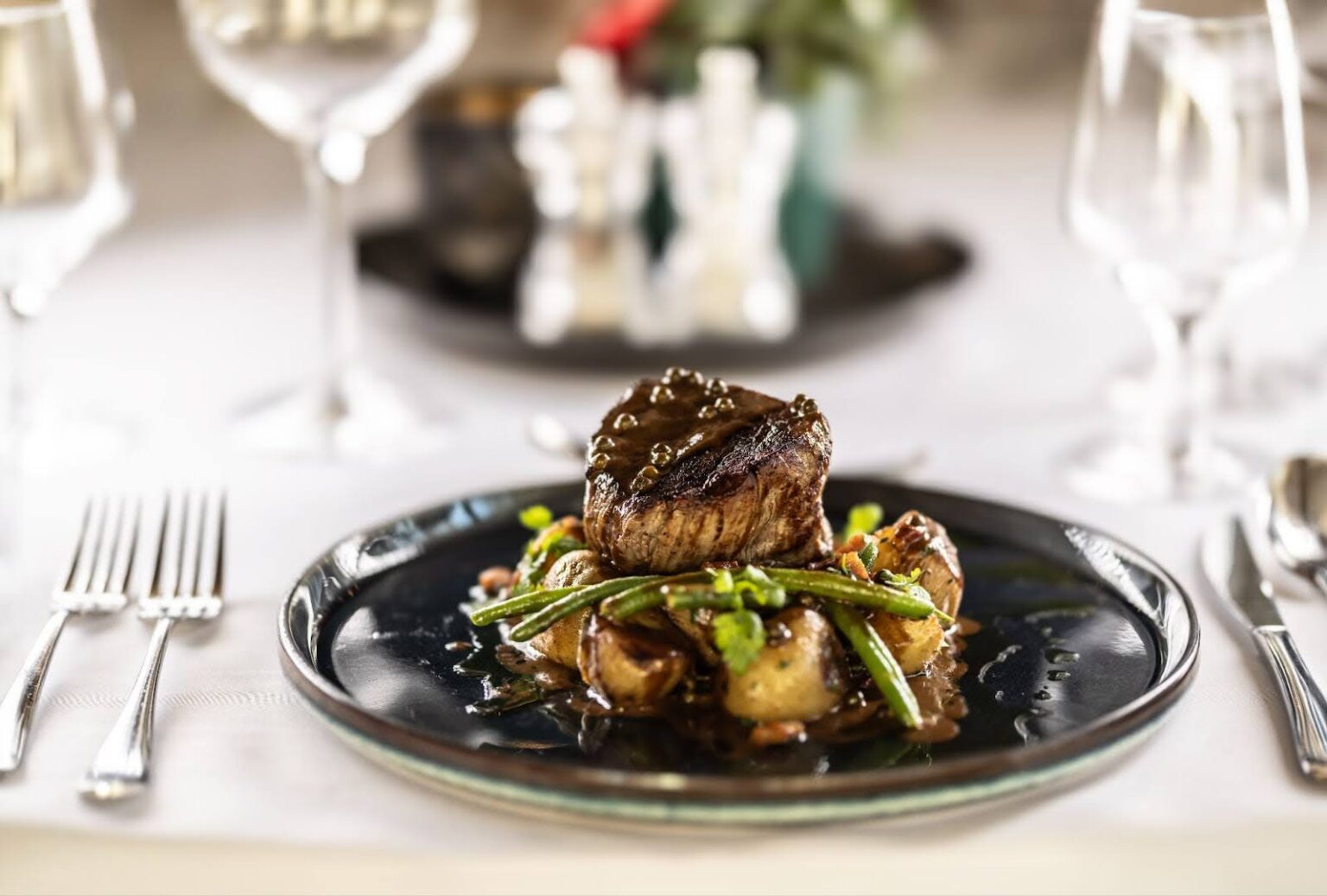How to Determine Restaurant Portion Sizes

In the hospitality business, portion sizes can make or break a business.
Serving too large of a portion can kill your bottom line, while serving too small can leave customers unsatisfied.
So, how can you strike the balance between a healthy portion size for both your margins and your customers?
Here are a few tips we recommend implementing in your restaurant to avoid margin loss and/or upsetting your regulars.
Take pictures for the kitchen
Once you’ve settled on the appropriate cost of ingredients per dish, it’s important to stick to it.
Regardless of who’s cooking, every dish should look and taste the same, and use the exact amount of ingredients. An extra scoop here and there can really blow out your margins.
One helpful trick we’ve seen successful restaurant owners do to control costs is create picture guides for the kitchen. This creates a reference point for every dish—for both portion size and presentation.
This way, everyone knows exactly how much should be on each plate and how it should look when it leaves the kitchen.
Leave the leftovers
Believe it or not, leftovers aren’t a good thing. Especially, restaurant owners who are struggling with slim margins.
It’s okay for people to have leftovers—the goal is to leave customers full and happy. Not send them home with a free lunch for the next day.
If customers consistently have leftovers in your restaurant, your portion sizes are too big.
Cut back on size
As costs continue to rise across the restaurant industry—labor, food, rent—it can be tempting to increase the prices on your menu. Or worse, implement the dreaded service charge.
And while your restaurant may be due for an increase (read: How To Set Restaurant Pricing), chances are that it’s not always the best solution; especially if you’ve had a price increase recently or worried about turning away loyal customers.
A great alternative is to serve smaller portion sizes.
During tough financial times, many customers would rather sacrifice a few bites than pay extra.
Cut back on the sizes instead of raising prices even more, and start meticulously measuring ingredients to ensure you’re truly saving on costs.
When adjusting your menu, in either price or portion size, consider tweaking the dish itself. Altering garnishes, presentation, or ingredients can help mask any changes to your customers.
Use inventory management tool
Finally, we strongly recommend investing in an inventory management system for your restaurant. While the initial investment may seem high, the money it saves you in the first few years will more than justify the cost.
The one we use and recommend is MarginEdge.
With a tool like MarginEdge, you can see real-time data on your food and labor costs as they occur.
It can show you practically every aspect of your restaurant’s costs in one place including daily P&Ls, price changes in your most-used products, and even food usage and waste.
It even updates your reports as invoices come in so there are no surprises when the period ends.
With these live daily Profit & Loss statements, your operations manager can immediately monitor sales, costs of goods sold, and labor expenses.
So, no more guessing or waiting until the end of the period to identify higher-than-normal costs! If your portion sizes are blowing out, you’ll know it immediately.
Get the help of an experienced restaurant accountant
Managing the fluctuating costs in your restaurant can seem like a never-ending battle. Which is where we come in.
At U-Nique Accounting, we help manage the financial part of your business, advising on pricing, expenses, cash flow management, and more so that you can get back to running your business.
If you’re in need of a better restaurant accountant, we’re always here to help. Simply use the calendar below to book your first introductory call.
Until next time!

By MATT CIANCIARULO



